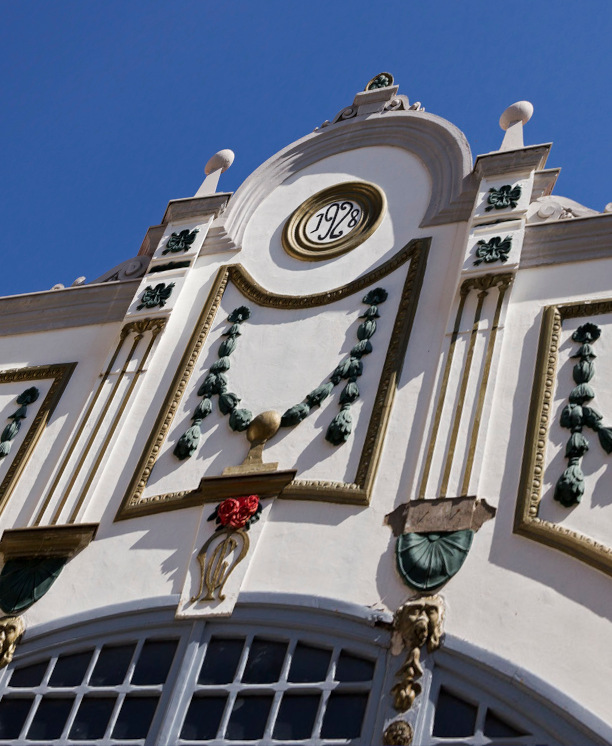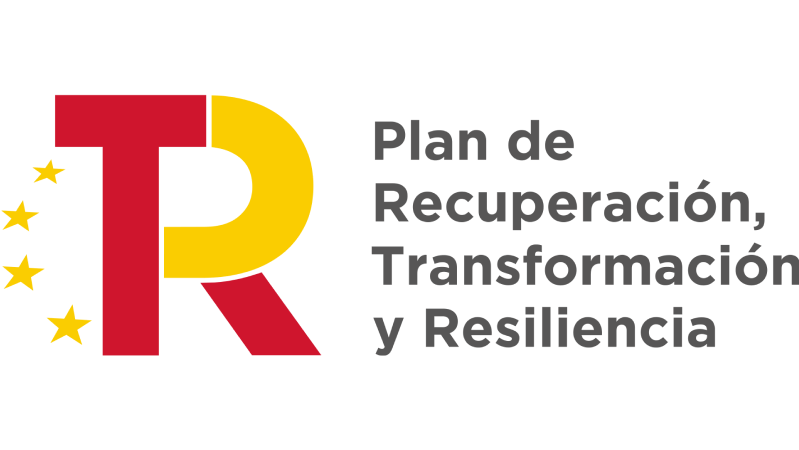Gran Teatro Reina Sofia
The building of the Reina Sofia Theater of Benavente dates from 1928 and is the work of the architect Antonio García Sánchez-Blanco. It was commissioned by Don Manuel Guerra Hidalgo, to replace another Elizabethan and adjacent to it that was known as “Teatro del Jarinillo”. The scenic space that was called “Gran Teatro”, was built on some dependencies of the disentailed Convent of Santo Domingo, of which some remains and decorative elements are still preserved, such as some stucco located in the lobby area, as well as old walls with noble coats of arms located in the back of the scene.
In 1984 the City Council of Benavente decided to acquire the building, with the aim of recovering for the city a unique architecture and return to the citizens part of the historical memory preserved in its walls. Thus, in 1991 the building was restored under the direction of the architect Francisco Somoza. The Theater has an approximate capacity of 576 seats between seats and boxes, being reopened by H.M. Queen Sofia on April 5, 1991.
The elegant facade that gives access to the interior follows the compositional and constructive criteria of the time and that were applied to this type of buildings, being decorated with niches and garlands that have been recently restored and embellished. As well as the facade in its entirety, which has released its improved appearance in early 2009.

Equipped with large halls, it follows the parameters of the Romantic theaters, highlighting the spatial quality of the different rooms. Around the stalls there are three floors of boxes in addition to the stalls. The fronts of the boxes are decorated with gilded ribbons and plaster reproductions of Greek masks. The painted canvases on the ceilings of the central anteroom and the theater hall were made according to sketches by Jacobo Pérez-Enciso.

The Reina Sofía Theater of Benavente, reopened in 1991, had a relatively stable program, although it was too closely linked to the performing arts to the detriment of other activities such as dance or music. The theatrical programming is carried out every six months, within the framework of the Red de Teatros de Castilla y León, to which we are attached, and with whose collaboration (approximately 50% of the programming expenses -caches-), most of the performances in the field of the performing arts are contracted.
In recent years, we have worked especially in the creation of dance audiences, as well as with theater shows for babies from O to 3 years of age.
The programming has combined adult theater, family and children’s theater, with some music and dance proposals, as well as shows programmed in collaboration with other organizations and social groups. In addition, increasingly, it is betting on a program aimed at young audiences, with Friday night sessions at 22:00 pm.
On the other hand, we have experimented with the theater as an exhibition space, bringing exhibitions of different kinds to the aisles and stage of the Gran Teatro Reina Sofía, with very positive results. The rupture of the traditional exhibition spaces, as well as offering the spectator the possibility of stepping on the stage of the theater that he/she usually sees from the other side, are sufficient reasons to continue betting on activities that bring the public closer to the stage.
A large majority of the shows programmed at the Theater have won awards at the respective fairs and festivals they have attended, as well as having been recommended by the Spanish Network of Theaters, Auditoriums and Publicly Owned Circuits.
The manifestos published by the International Theatre Institute and the Spanish Network of Theatres, Auditoriums and Public Circuits are distributed at the shows close to the International Theatre Day – March 27 – and the International Dance Day – April 29.




